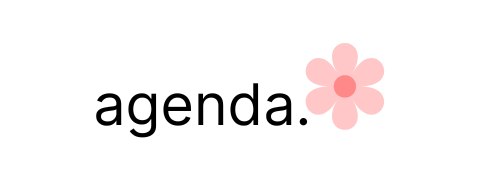The courtyard and gardens of Esterházy Palace, often referred to as the "Hungarian Versailles," boast a unique baroque setting that stands out even by European standards. This site is a significant landmark in Hungary"s cultural history and is recognized as the largest and most prestigious baroque-rococo monument complex in the country.
The French Garden features beautifully arranged yew trees (Taxus baccata) and has elegantly designed intersecting pathways. Along the way to the English Garden, you"ll find rows of Caucasian linden trees, totaling 94 specimens that were planted around 1904, alongside the yew trees.
In the English Garden, a variety of plants and trees thrive, including sweet mock orange, maritime pine, incense cedar, southern catalpa (also known as the cigar tree), tulip trees, and ginkgo biloba. The Rose Garden originally boasted 20,000 roses in the early 20th century. After the Eszterháza Cultural, Research and Festival Centre reclaimed the area, reconstruction of the Rose Garden commenced in 2012.
By 2015, the renovation was complete. In addition to German varieties, the garden features blooms from Gergely Márk, a prominent Hungarian rose breeder. Today, there are over 400 species and around 9,000 rose bushes, with flowers measuring 8-10 cm in diameter, showcasing a delicate pale pink hue and an abundance of petals.




